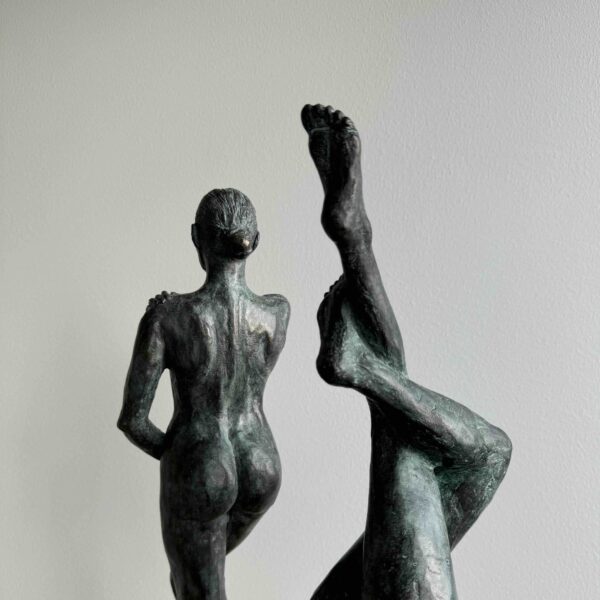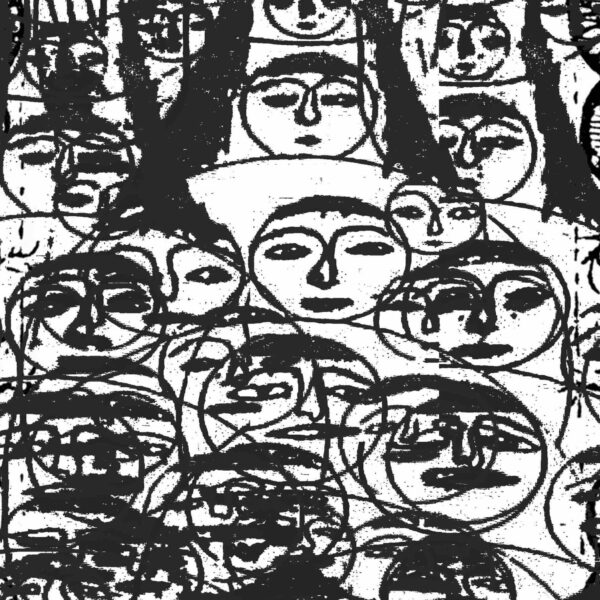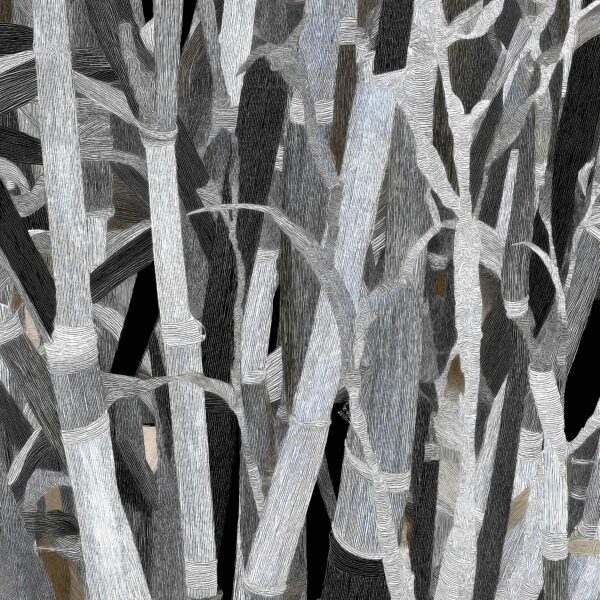Blurring the Lines: How Pepenardo Combines Traditional Art with Internet Culture
In this article, we sit down with Pepenardo to explore his journey from the traditional art world to the forefront of Cryptoart, where he blends timeless symbols like the Mona Lisa with internet memes to challenge the boundaries of artistic expression. He discusses his role as a “cypher-alchemist,” the memetic power of Fake Rares, and the future themes driving his creative process. This interview has been lightly edited for brevity and clarity.
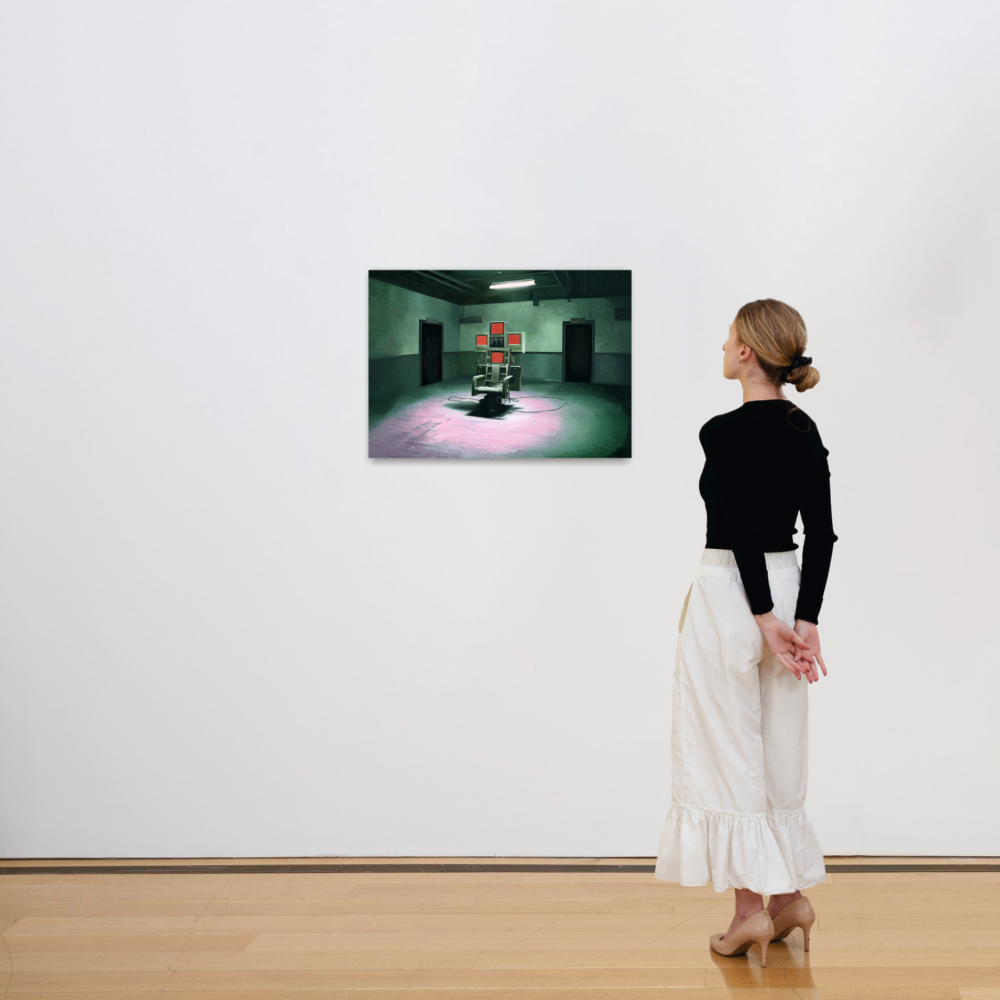
AOTM: Can you share your journey from working within the traditional art world to adopting a pseudonymous identity in the Cryptoart space?
Nardo: I moved to Chicago from my hometown in 2010 to study painting and art history. In those early years, I was pretty green (lol) and inexperienced in the contemporary art world, especially coming from the Southwest, where local galleries mostly focused on technical Western landscape paintings and shallow conceptual works. I knew I wanted to find a way to be at the forefront of something new.
In Chicago, my uncultured brain often felt like it was in a constant state of short circuit while attending various lectures at the museum. One memorable instance was a lecturer comparing the significance and innovation of Carl Andre’s Steel-Aluminum Plain (1969) to Michelangelo’s David (1504). Naively, I raised my hand at the end of the lecture to disagree, arguing that it was a disservice to compare Michelangelo’s technical mastery to Andre’s minimalist approach. However, this comparison actually highlighted a radical redefinition of spatial presence and materiality in art. While David embodies the classical ideal of human form and virtue in marble, Steel-Aluminum Plain challenged perceptions of art through industrial minimalism. Both Michelangelo and Andre dared to pursue the “new” within their respective timelines. Perhaps the only thing missing between these two vast spectrums was digital materiality.
These early experiences sparked a shift in how I viewed the progressive nature of contemporary art. I subsequently sought out work from various artists in Chicago and New York, gaining invaluable insights into their minds and studio techniques. It felt like a modern-day Renaissance apprenticeship. For years, I painted or fabricated hundreds of artworks for other artists, mastering and imitating various techniques, then manipulating and reinjecting them into my own studio practice. These experiences profoundly influenced my fascination with memetics—after all, the word meme is a shortened version of the Ancient Greek word mimeme, which means “imitated thing.”
Fast forward to 2021: I accidentally discovered Fake Rares through the chaotic commotion of Twitter.
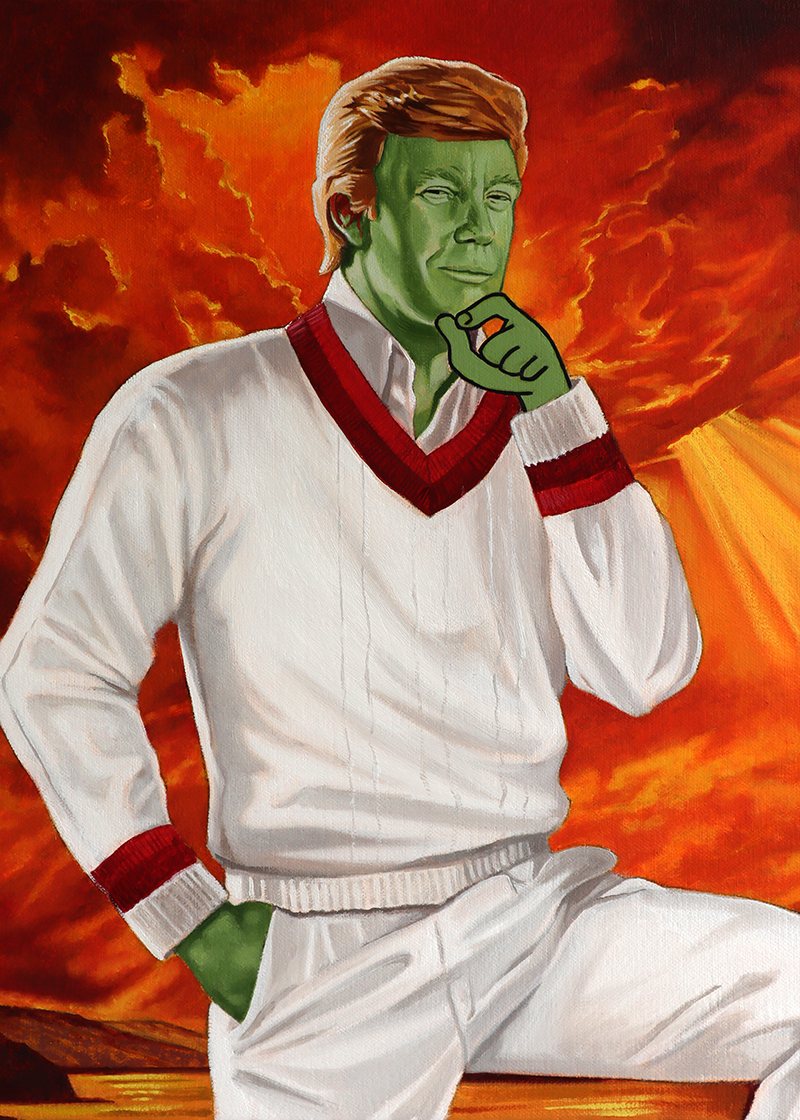
AOTM: How did your initial experiences with the underground collective Fake Rares influence your approach to art and the concept of digital identity?
Nardo: This “underground” artist-driven collective on the Bitcoin blockchain, influenced and memetically birthed by its predecessor Rare Pepes, captivated me and became the catalyst for my involvement in Cryptoart. The ability to operate pseudonymously as an artist in this realm felt like the newness I had been seeking. Everything about Fake Rares, Counterparty, and Cryptoart seemed like an unintentional rejection of traditional art norms. I was eager to immerse myself in this world, so I (alchemically) transferred the years of technical painting experience I had into creating Pepenardo.
AOTM: Your work heavily features elements of internet culture and memetics. Could you elaborate on how you integrate these modern digital themes with traditional oil painting techniques?
Nardo: It’s fascinating to think about how we consume hundreds of internet memes daily through our digital lives—an inevitability in today’s world. However, this rapid rate of consumption has conditioned us to process information quickly, often at the expense of appreciating its true value and the time it deserves. In my opinion, some internet memes are profoundly significant—or even so absurd that they become insanely important in their own right. Many of the memes we encounter are remarkable enactments of human consciousness and should be appreciated in the same way as fine art. This is why I integrate traditional painting with memetics. My hope is that the materiality of the artwork slows the viewer down just enough to recognize the importance of these digital symbols.
AOTM: You’ve described your role as that of a “cypher-alchemist” in the realm of Cryptoart. Can you explain what this means to you and how it reflects in your artistic process?
Nardo: I speak of this role half-jokingly and half I’m-so-serious-that-if-you-don’t-realize-the-reality-of-this-as-a-digital-artist-then-you-need-to-wake-up. Much like ancient alchemists who sought to transform lead into gold, a “cypher-alchemist” transmutes digital data into works of art, infusing them with both aesthetic and intrinsic value.
We are in a unique position within the early stages of the Cryptoart movement, giving us the ability to shape and influence its trajectory far into the future. The “crypto-” in “Cryptoart” represents a dynamic form of energy that powers transactions, validates authenticity, and underpins the very existence of digital art. This energy enables manipulation of the root matrix through blockchain permanence. By understanding and harnessing this energy, we can shape and mold the digital landscape, creating art and memes that are not only visually significant but also imbued with profound memetic meaning. This aligns with what I often say: “We become what we meme.”
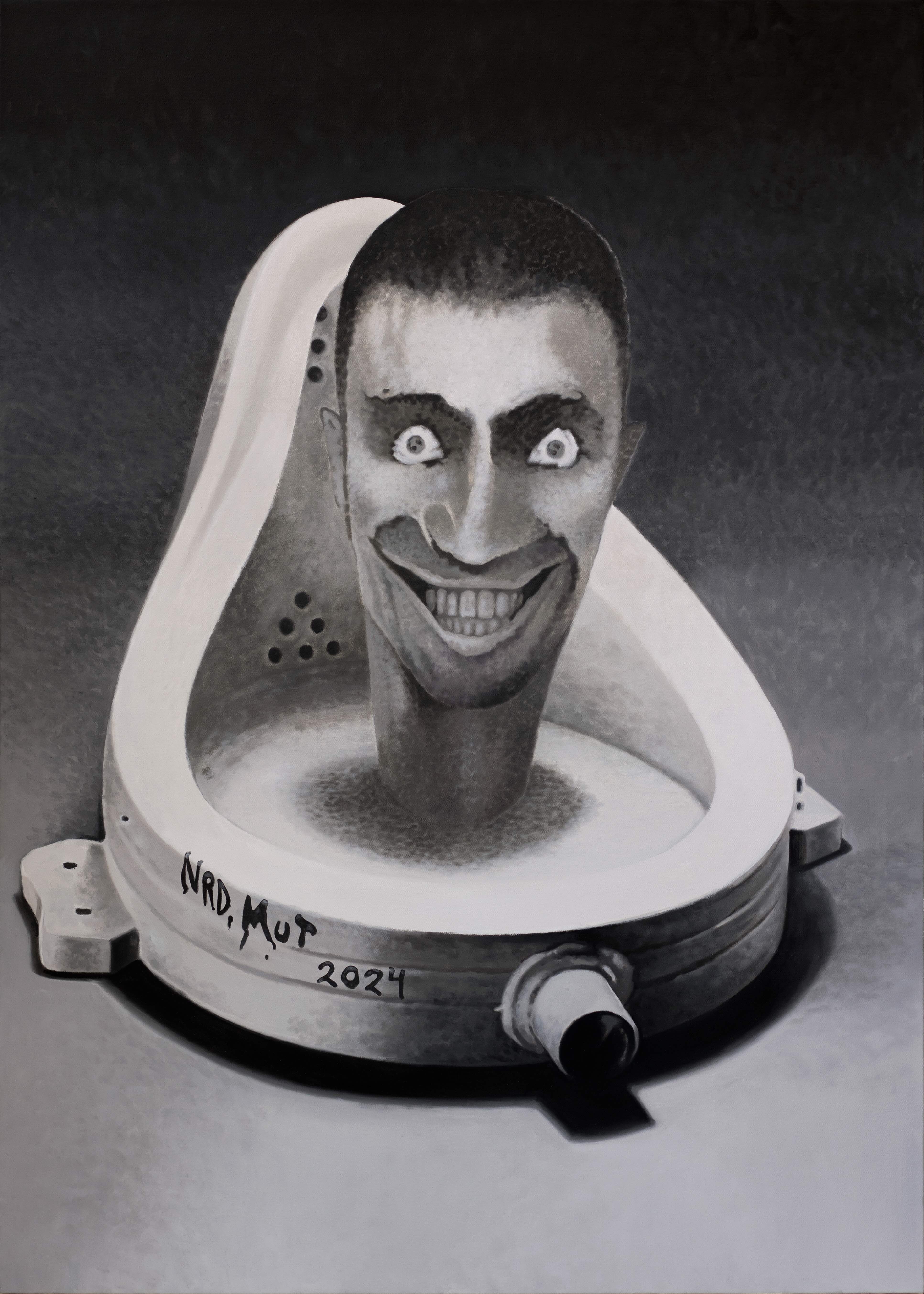
AOTM: From your perspective, what are the most significant lessons that the broader art community can learn from the principles and practices of the Fake Rare movement?
Nardo: I’m fascinated by how Fake Rares emerged into the limelight of the cryptoart space almost accidentally—an ascent driven purely by memetic power. The collective nature of Fake Rares is incredibly powerful, bringing together artists from around the world with no paid shills or paid team, making it a truly grassroots movement. What started as a group of individuals eager to create Pepes for fun turned into something much larger. There are lessons in that.
AOTM: How does the transformation of such an iconic image into FAKEPEPELISA serve as a commentary on the value and evolution of art in the age of internet memes?
Nardo: Timelessness in art is powerful, and the Mona Lisa stands as a cornerstone of art history. Even people with limited knowledge of art recognize the Mona Lisa. Similarly, Pepe has become an iconic symbol in internet culture, permeating every corner of the web and embedding itself into our digital subconscious. So utilizing these memes and symbols as tools made sense to me as I entered the Cryptoart space. Iconic symbols can eventually transcend their original contexts to gain new meanings.
Perhaps in a few hundred years, people will be questioning why Pepe looks so smug, much like we theorize about the Mona Lisa’s smile today.
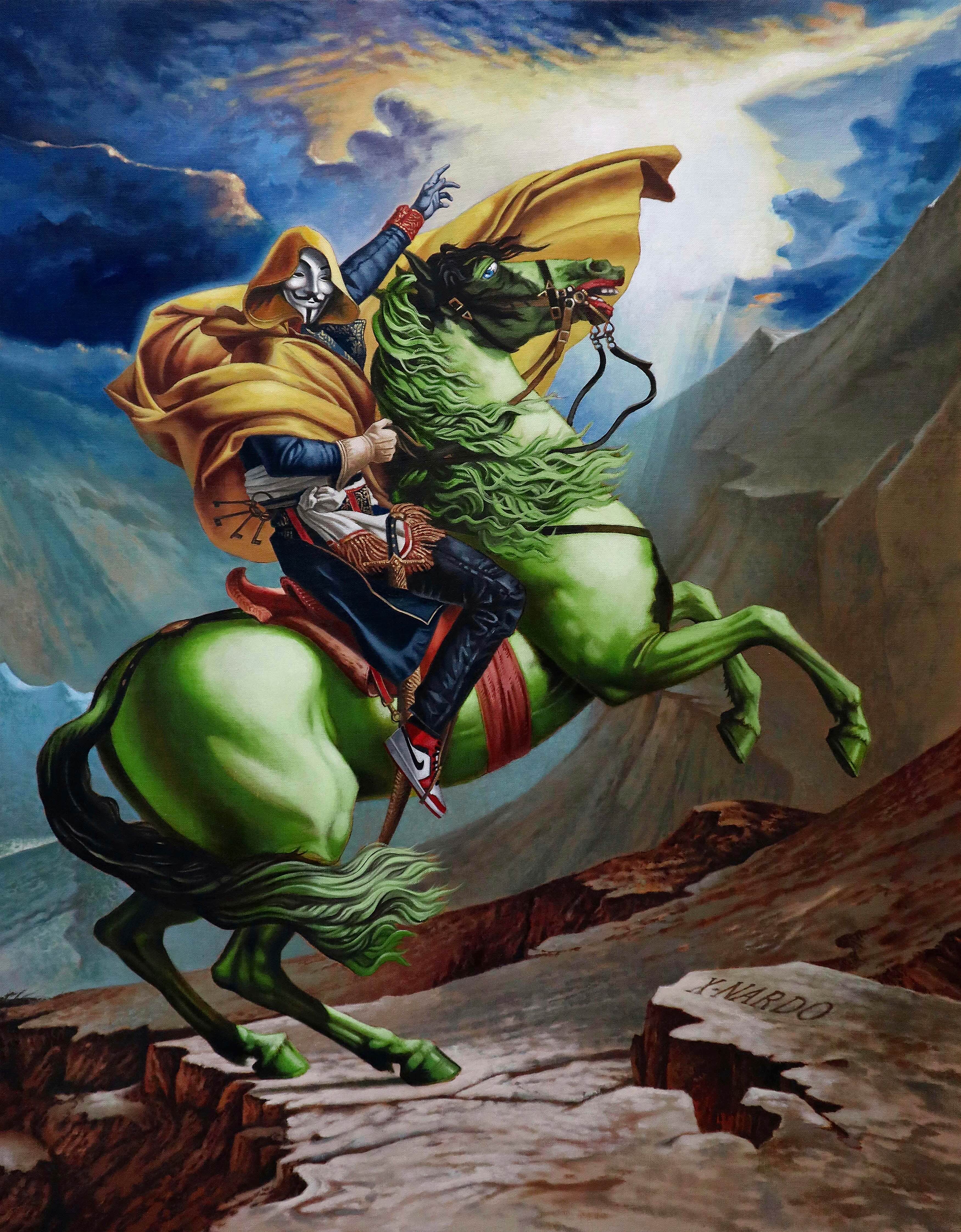
AOTM: Looking ahead, what are some new themes or techniques you are excited to explore in your future projects?
Nardo: I’m constantly right-click-saving memes and images as part of my artistic process. Recently, I’ve been interested in juxtaposing unlikely images to see how they might inform one another. The other day, I collaged a Skibidi head onto Duchamp’s urinal—it felt genius in the moment.
I’ve also been creating digital collages and sketches on my phone of gallery installation views, which I call “mock-ups.” This exercise lets me produce a massive fictional production in minutes, whereas pursuing it in paint would take countless hours.
Overall, I’m always experimenting with new tools. While I primarily work with oil paint, I’ve also created sculptures, 3D digital works, short films, AI-generated pieces, and more—all of which inform my final process in some way.
